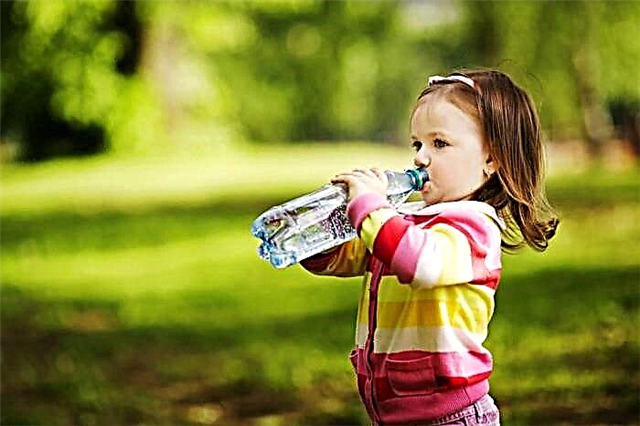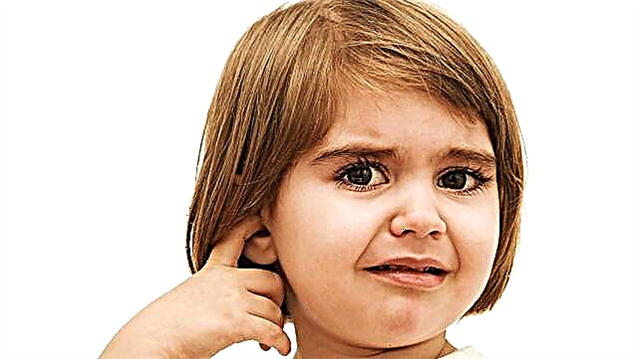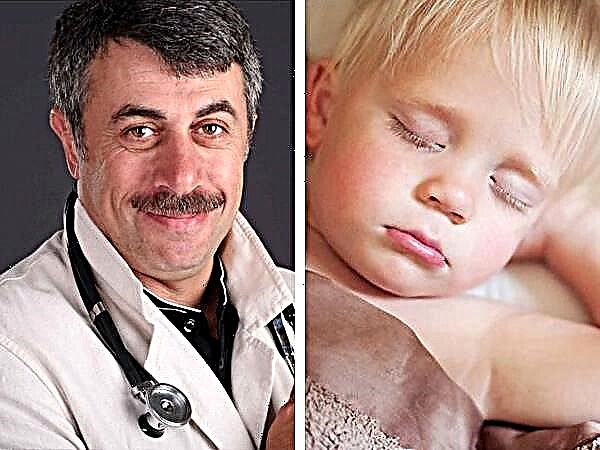1 month baby
One month of life for a baby is a milestone. The kid gains about 700 grams in weight, grows a few centimeters. The head and chest increase in volume. And as the growth of the child does not stand still, so the development is striding by leaps and bounds. During this time, the baby manages to acquire certain skills and abilities.
 Under the influence of information from the senses, emotions, impressions from the surrounding world, the nervous system does not stop developing. And, above all, the brain. This is what ensures the development of the body's motor functions. The child begins to learn to control the movements of parts of his body. First of all, with a glance.
Under the influence of information from the senses, emotions, impressions from the surrounding world, the nervous system does not stop developing. And, above all, the brain. This is what ensures the development of the body's motor functions. The child begins to learn to control the movements of parts of his body. First of all, with a glance.
Fixation in a certain position of the body or its parts indicates the development of statics. The very first sign of it in a baby is an attempt to hold the head.
Adequate baby's reactions to irritating factors are reflected in conditioned reflex activity. When the child is hungry, he complains about screaming. Ate - calmed down. By the end of the first month of life, the response becomes more difficult.
The baby examines the mother's face, touches the breast, begins to smile. At the sight of a loved one, he touches more vividly in the air with his arms and legs. This is how conditioned reflexes are formed.
The posture of the child also changes. In a healthy newborn, the body is in a state of physiological hypertonicity. The arms and legs are bent at the joints. The fists are clenched and pressed to the chest. The thighs are slightly apart.
This posture does not change even during sleep. The movements are shaky, chaotic. Both physiological tremor and physiological hypertonicity begin to fade after the first month of life.
What can a 1 month baby do?
- A month-old baby should already begin to hold his head. This is best seen when the baby is lying on its stomach. The head does not rest in the diaper, like a newborn. The kid will hold her in weight for some time.
- Begins to recognize mom, to make eye contact with her.
- Fixes the gaze. At first it is literally a second. Then, every day, the child can focus on a stationary object longer and longer. By the end of the first month of life, children not only fix their gaze, but also follow moving objects with their eyes. This is usually a bright rattle.
- New sounds begin to appear in speech. They are guttural or gurgle-like. This is not the usual monotonous infant "waa". These are the first conscious sounds, the beginnings of speech, the beginning of humming.
- The baby begins to listen to speech, the sounds of the world around him. Over the past month, the baby was either frightened by sharp sounds, or, on the contrary, calmed down. By the end of the month, he already reacts more consciously, distinguishes intonations. Calms down at the sounds of parents' voices and may be frightened by unfamiliar timbre.
- First smile. Parents have seen the smile of a newborn before. During sleep. The corners of his lips twitched, forming a touching expression on his face. But in a month, the baby for the first time can consciously smile in response to the smile of mom or dad.
- Reacts to the touch of a loved one. So, the mother is able to calm the baby by taking him in her arms. Once in the arms of a stranger, the infant is likely to react negatively.
- Internal clock formation. A certain daily routine begins to emerge. Some babies wait for feedings at the usual time. At a certain time, they are awake and asleep.
- Reflexes. The newborns' reflexes did not die out. During a medical examination, the child must clearly demonstrate them.
- With the disappearance of physiological hypertonia, the child's posture becomes more relaxed.
This is the main thing that babies should be able to do at the age of one month.
Creation of ideal developmental conditions
To create optimal conditions for the development of skills and abilities, you need to apply certain efforts:
- favorable environment.
The kid perceives the world around him, absorbing impressions and emotions like a sponge. And not only their own, but also their parents. Calm atmosphere in the house, measured conversations, smiles of loved ones. In such conditions, the child develops a basic sense of security and trust in the world around him.
- tactile contact.
This is vital for the kid. In conditions of attention deficit, anxiety tendencies are formed, phobias develop.

The child grows up to be capricious, sleep and appetite suffer. Adequate contact contributes to the development of the senses and, as a result, the nervous system.
- massage and gymnastics.
Ideally, these treatments are performed daily before an evening swim. They contribute to the normalization of muscle tone, have a beneficial effect on blood circulation.
- educational toys.
At one month of age, the choice is limited. The most important of the games is the rattle. Bright color attracts attention, focuses the eye. The sound makes you try to twist your head, which develops the neck muscles.
An attempt to grab a toy with your hand triggers a whole chain of reactions in the baby's nervous system, forcing the brain and limb muscles to work in concert.
- lactation.
A whole developmental complex. All senses are stimulated during feeding. Growth and development factors are supplied with milk, the presence of which has a beneficial effect, first of all, on the maturation of brain structures.
- see your doctor regularly. If there are any developmental abnormalities, the pediatrician will notice them and take the necessary measures.
It is important for parents to know that the growth and development of a child is highly individual. This list is not a mandatory goal, but only a guideline.
Article rating:



